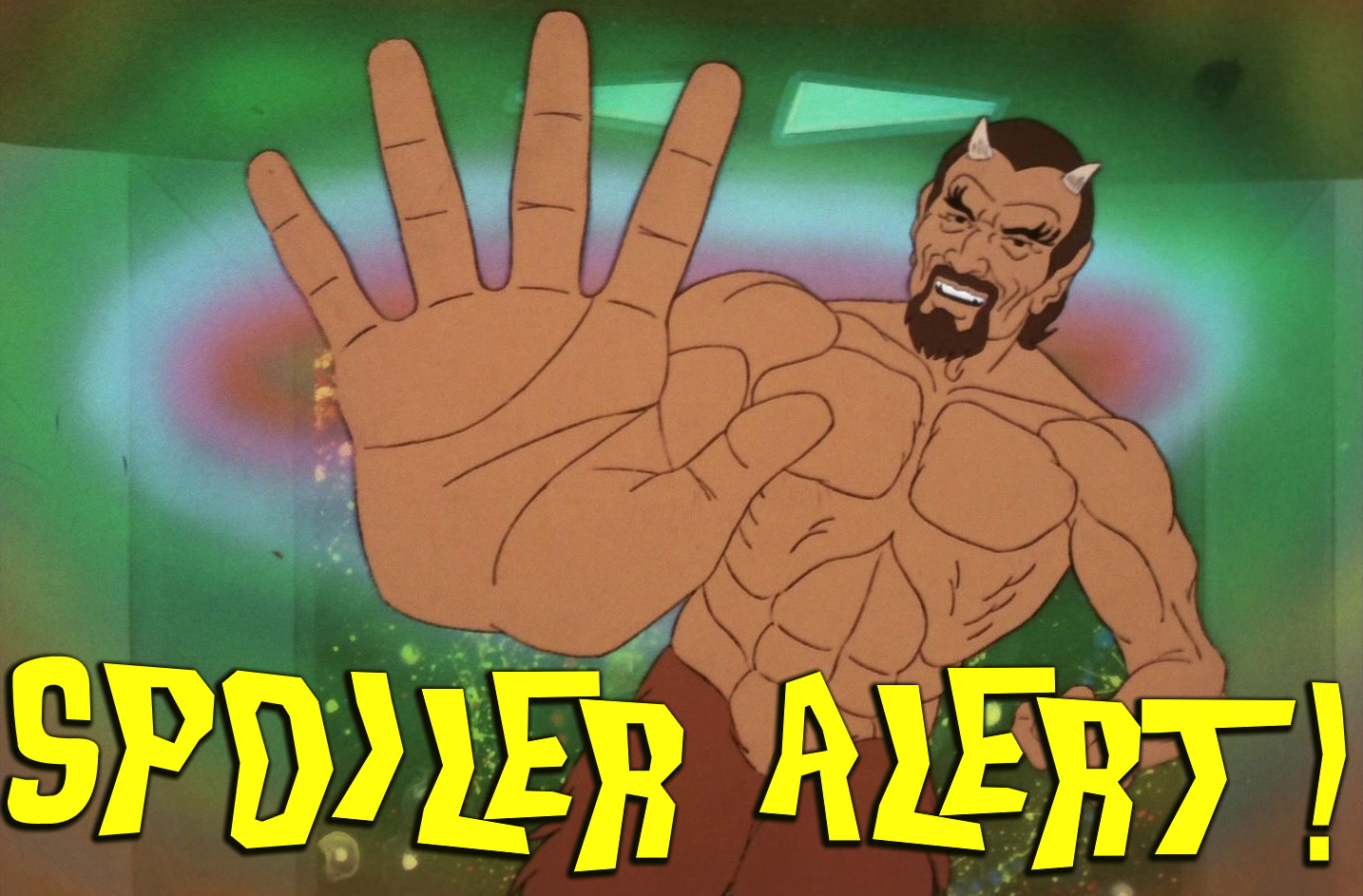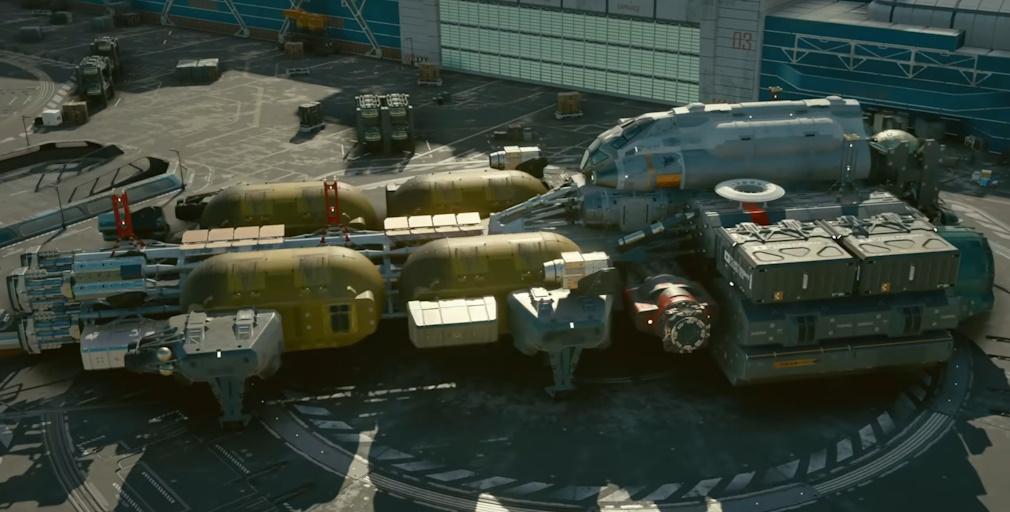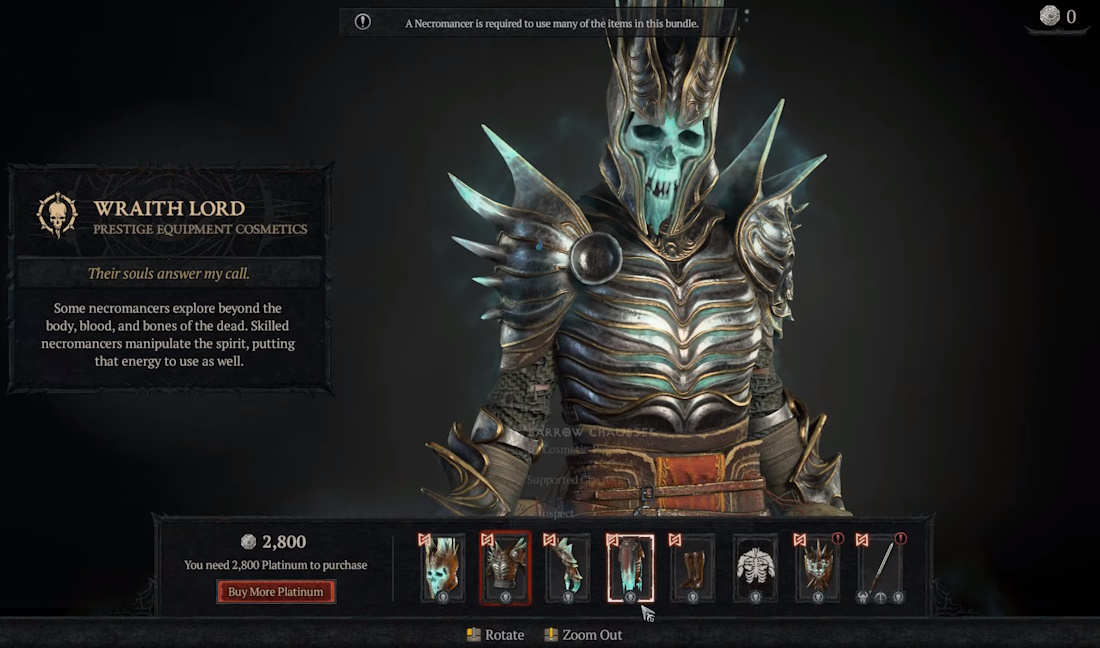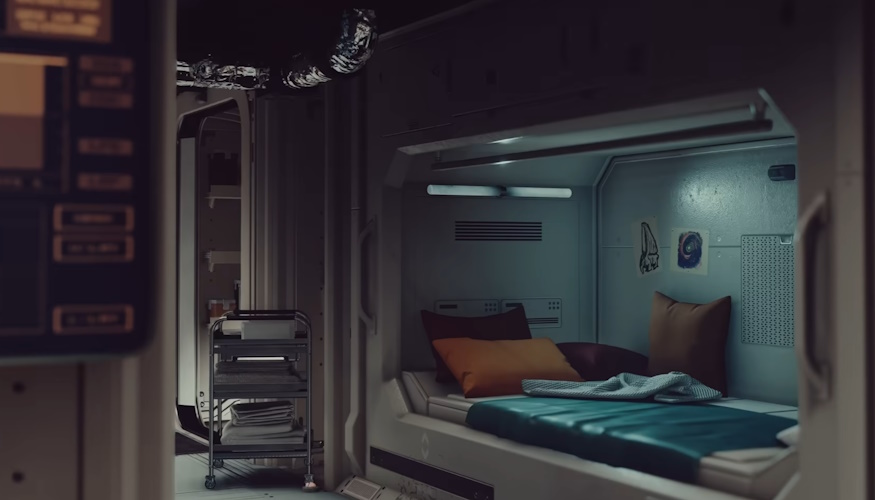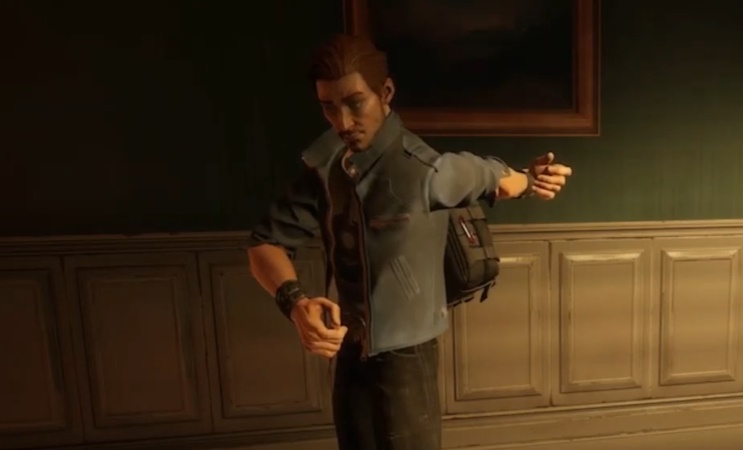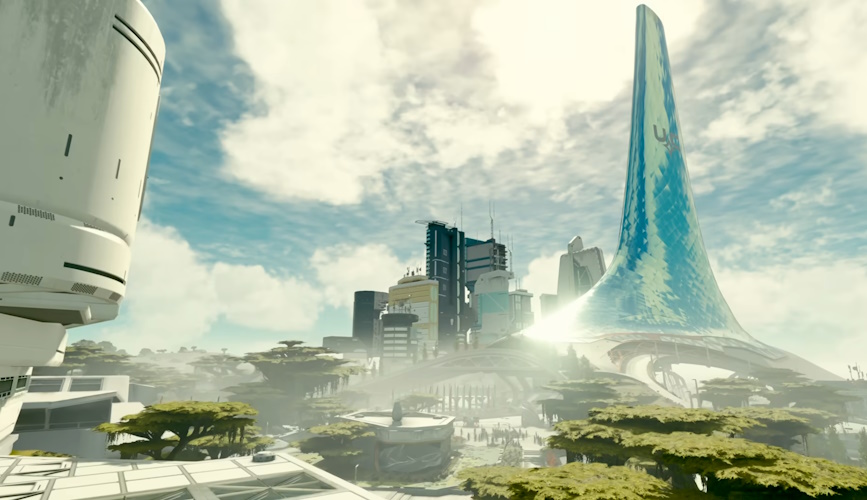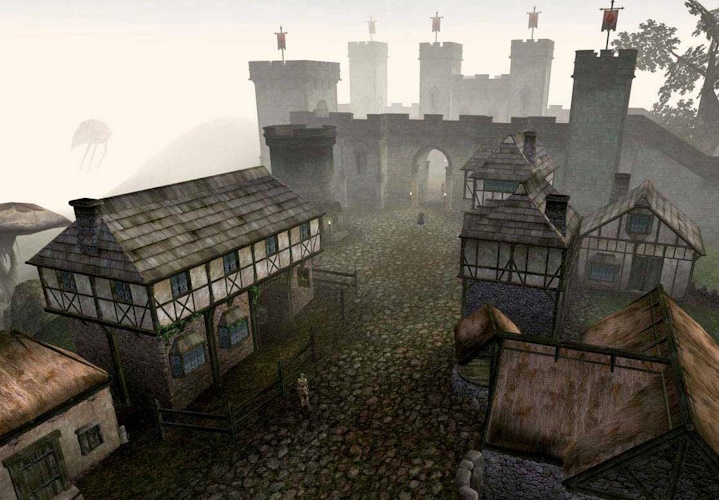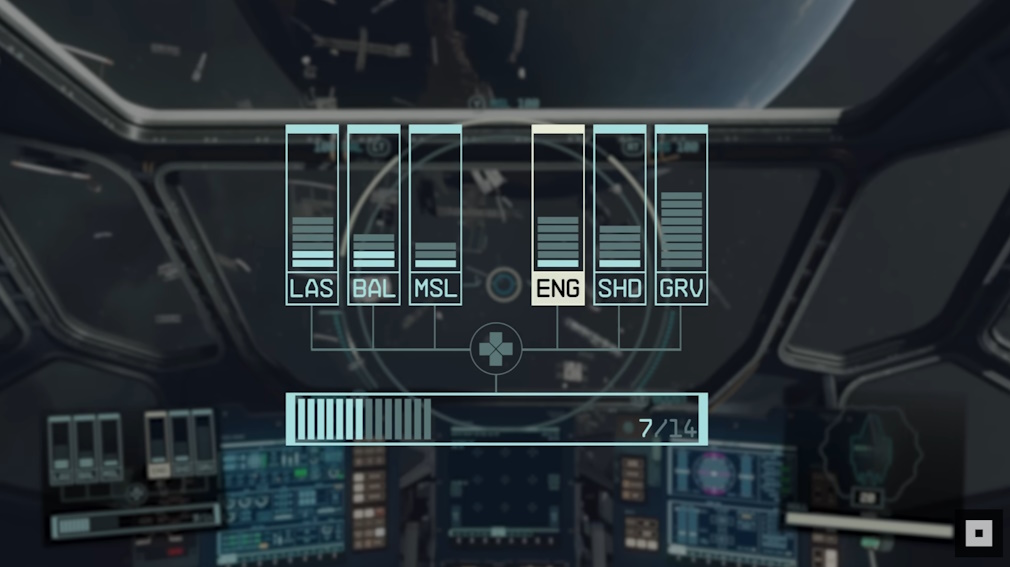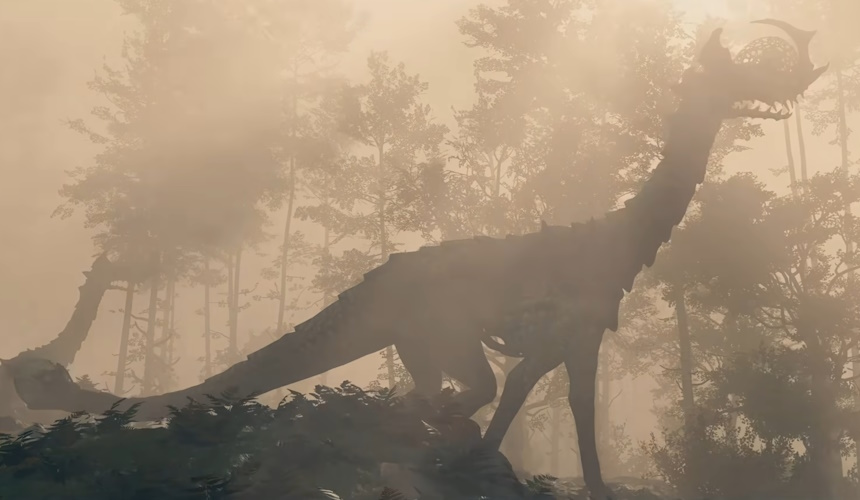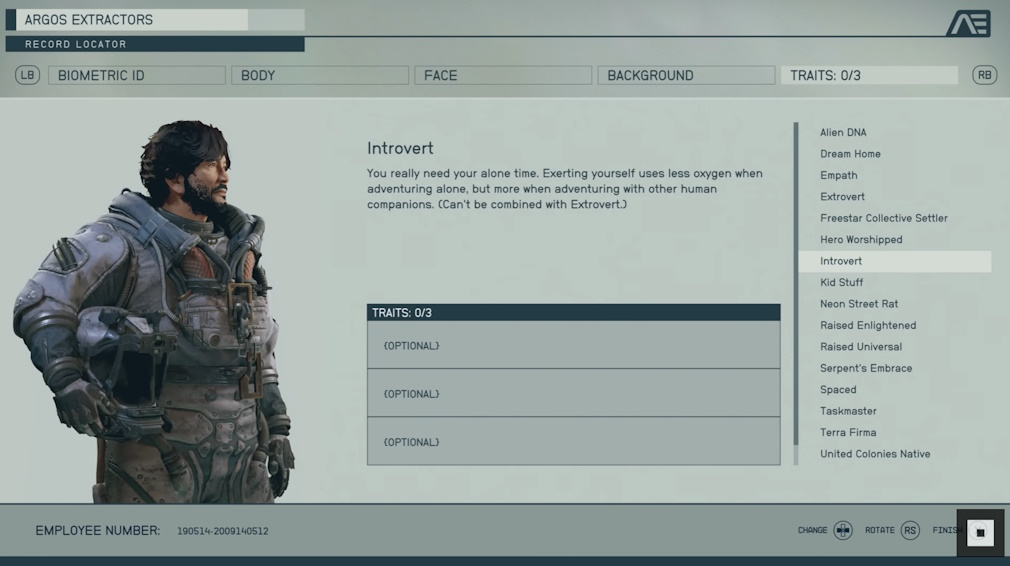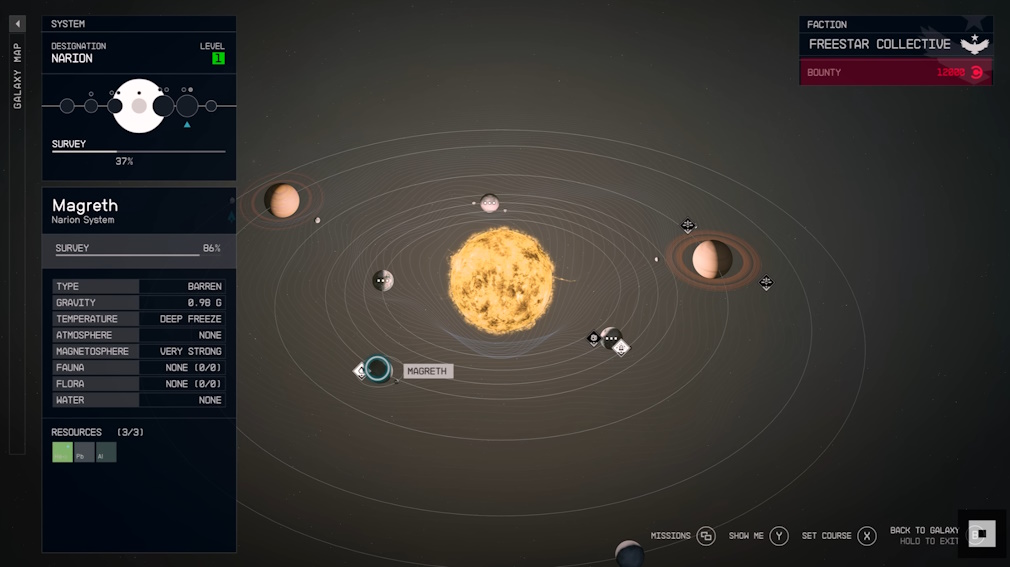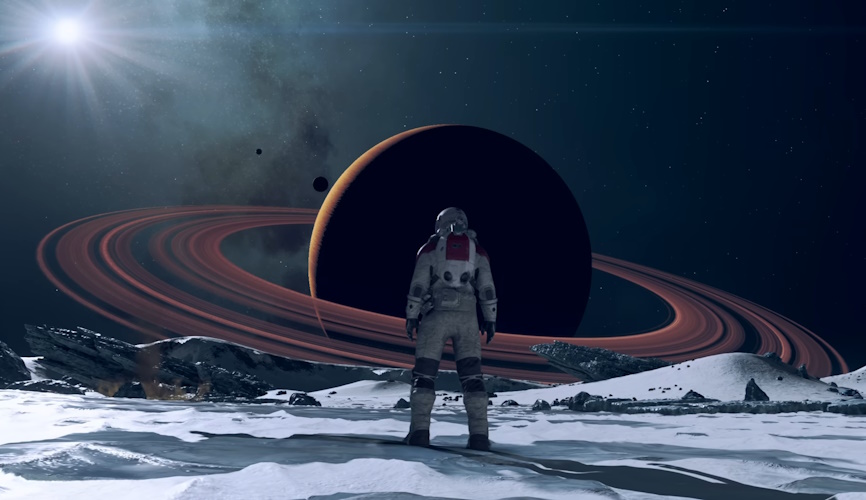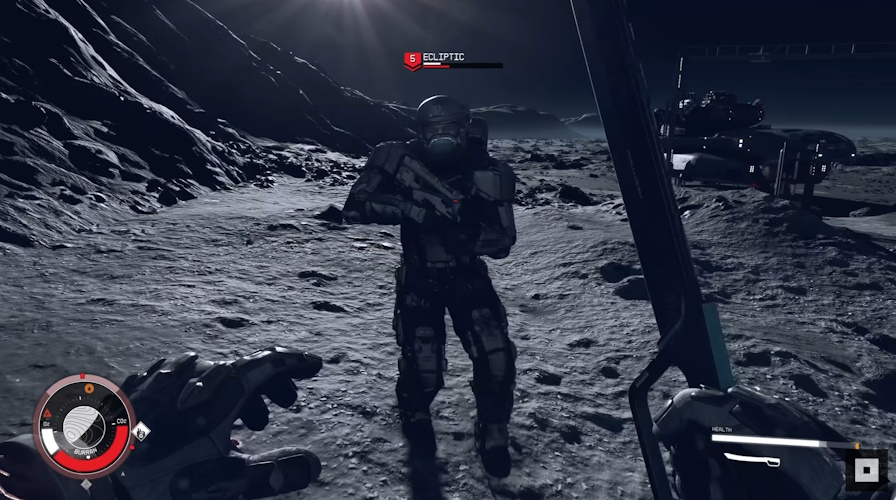
Spoiler Warning: Minor spoilers may be present for Starfield.
Today we’re continuing our look ahead to Starfield! Bethesda’s upcoming open-galaxy sci-fi role-playing game is my most-anticipated game right now… but that doesn’t mean I don’t have questions and concerns. We’ve taken a look at several already, but today I want to zero in on one very specific question that I have about Starfield: will the game truly be able to create the sense of scale that it’s clearly aiming for?
We can break down this question into a couple of big pieces. Firstly, we have the size of the game’s open galaxy – or rather, the amount of actual content relative to the size of the map. Will there be enough characters to interact with, enough settlements to visit, and enough of a world to get stuck into in a map that contains 1,000 explorable planets?
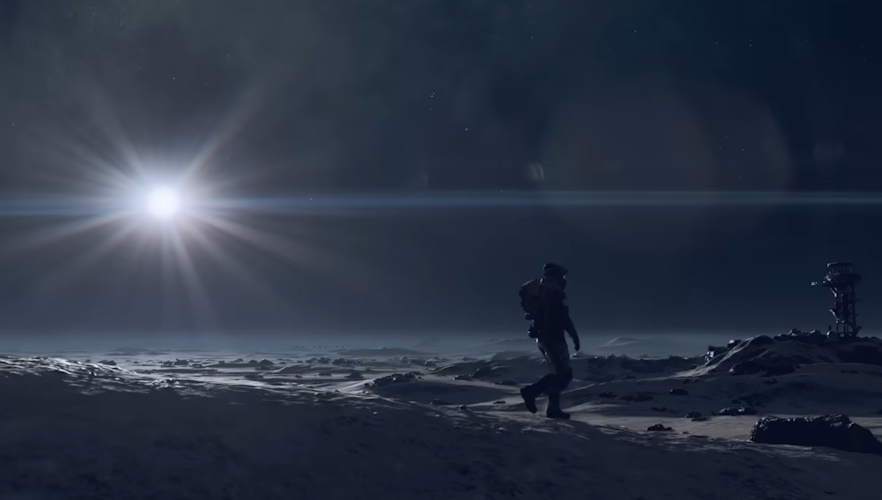
Secondly, we have the open nature of the game world itself. Although not strictly a true “open world” in the sense that Starfield’s “open galaxy” will be split up into star systems and planets, a hallmark of Bethesda titles going all the way back to the 1990s is that every square inch of the map is accessible and can be explored. In a game that takes place in a single province of a larger world, there’s still a sense of scale – that the world of Morrowind, Skyrim or Fallout exists beyond the confines of the game map. Starfield won’t have that – it can’t have it by design. That could be an issue, and it’s where my concern begins.
Take, for example, a game like Mass Effect 2 or Jedi: Fallen Order. Or in the open-world sphere, take a game like Red Dead Redemption II or The Witcher 3. All of these games manage to convey a sense of scale – of deep, persistent worlds that continue to exist beyond the confines of their playable maps, populated by, in some cases, literally trillions of individual people. One of the reasons that these games feel so much fun to play, and their stories so engaging, is precisely because as players, we know we’re only scratching the surface.
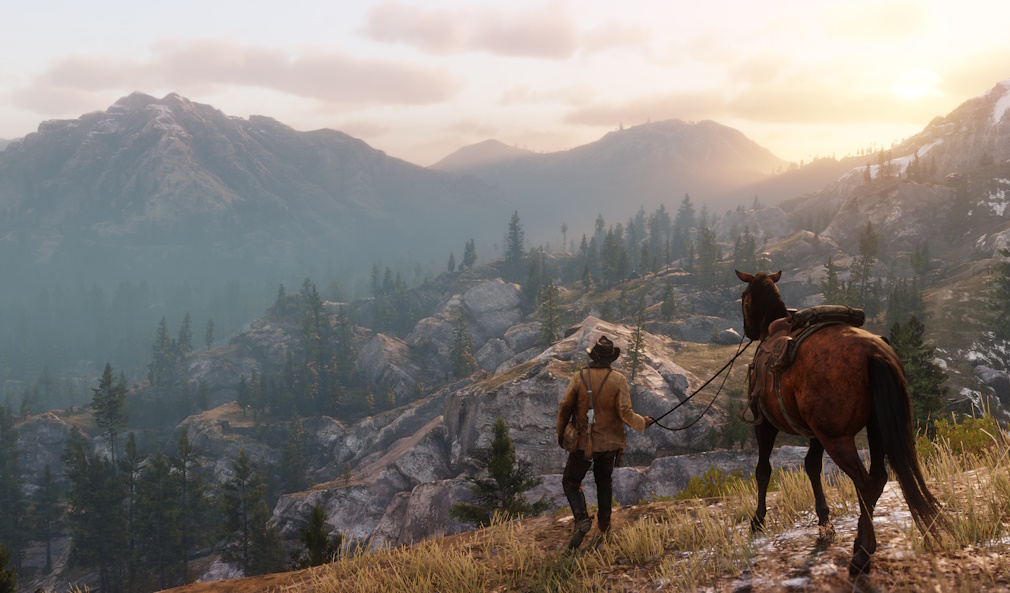
Even older Bethesda games managed to nail this feeling. Playing Morrowind, we knew that there was a whole continent beyond the confines of Vvardenfell, and in Fallout 4 it was clear that the Commonwealth was only one small patch of a much larger wasteland. These areas still felt lived-in, but part of the reason for that is because we knew that there were people and settlements beyond our reach, making the game world feel real.
By design, Starfield can’t have that. Opening up the entirety of the Settled Systems to players, including the capital cities of both major colonial factions, means that the idea of an expansive, populated world beyond the borders of the game’s map can’t exist. And that absolutely could be okay, but if Starfield’s open galaxy has a population comparable to that of a small town… I fear that an important part of the immersion will be lost before the game can even get going.
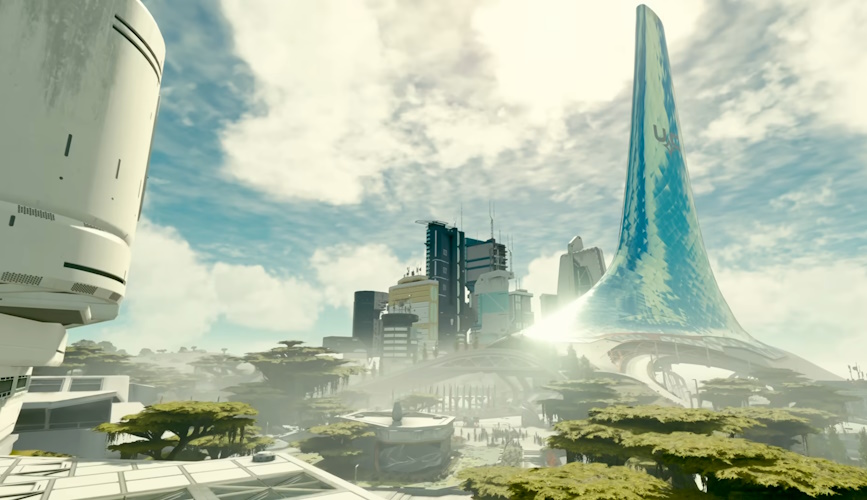
Every game has a limited number of non-player characters – it’s unavoidable. Even massive online games or expansive open-world titles have, at the very most, a few hundred or perhaps a thousand NPCs to engage with. But in most cases – and especially in games that succeed at creating that sense of expansiveness and immersion – there’s always the sensation that, despite the limited number of people available in the game, there are untold numbers of others just beyond the invisible wall dividing the game’s map from the rest of its world.
In Mass Effect 3, for example, it’s possible to walk across parts of the Citadel and really feel the scale of the massive space station. Sure, there are only a few dozen people to engage with, some of whom only have a single line of dialogue, but a combination of the game’s lore, art design, sound effects, narrative, and more all come together to make you feel that there’s so much more just out of sight.
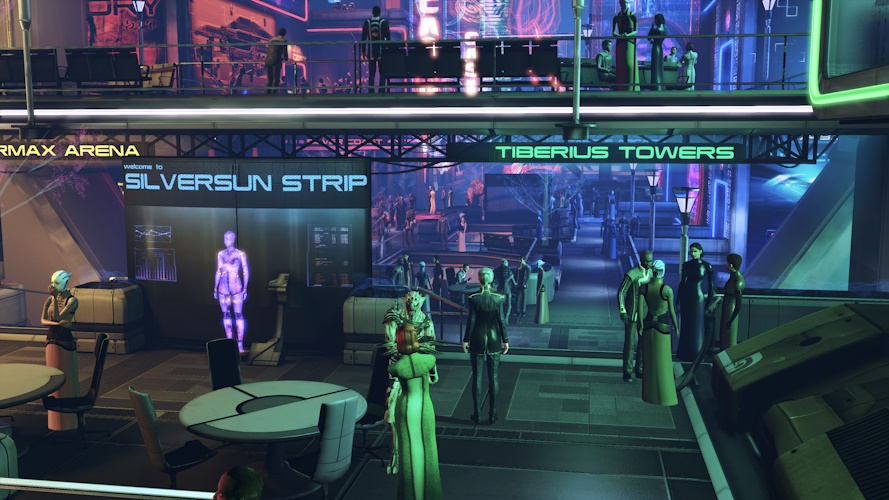
For me, the experience of playing a game that takes place in a small part of a much larger world is something I hadn’t really considered before Starfield. It was only when I began to truly consider the implications of an open-galaxy map with 1,000 planets to explore that I really zeroed in on one of the absolutely essential ways that so many games create that sense of immersion and scale.
And it’s not something exclusive to gaming by any means. Watch an episode or two of Star Trek, and you’ll soon get the sense that there’s far, far more going on in the galaxy beyond the adventures of a few officers aboard a single starship! Star Wars, too, has a densely-populated galaxy filled with alien races, criminal gangs, and so much more. As I’ve argued more than once, it seems positively criminal that Disney and Lucasfilm have insisted on revisiting the same handful of characters time and again when the setting is so vast and potentially interesting!
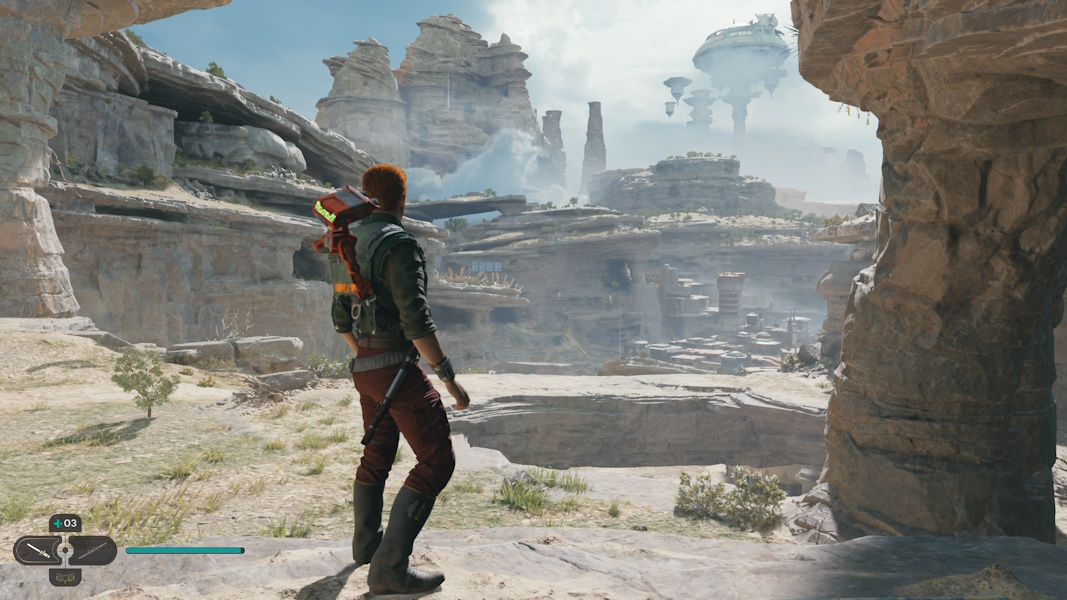
As Starfield opens up its entire map to players, will there be enough content – and especially enough content relative to the size of the map – to really nail that sense of scale? If we can interact with everyone in the entirety of the Settled Systems… how long will it take before we realise that there isn’t anything more to this world? Enough to sustain a playthrough of the game, I hope… but is that enough?
Bethesda has recorded more dialogue for Starfield than it did for Skyrim and Fallout 4 combined. There could easily be well over 2,000 NPCs in the game, some of whom will have in-depth conversations with the player character. On the one hand, that’s a lot of chatter! But on the other, in a fully open map that supposedly depicts humanity’s expansion to colonies beyond the stars… 2,000 people seems like a minuscule number. It’s barely the population of a small town. When you add into the mix that these characters are going to be spread across four major settlements, space stations, spaceships, and perhaps small settlements and other locations too… I’m just worried that the sense of scale that a game like Starfield relies on will be lost.
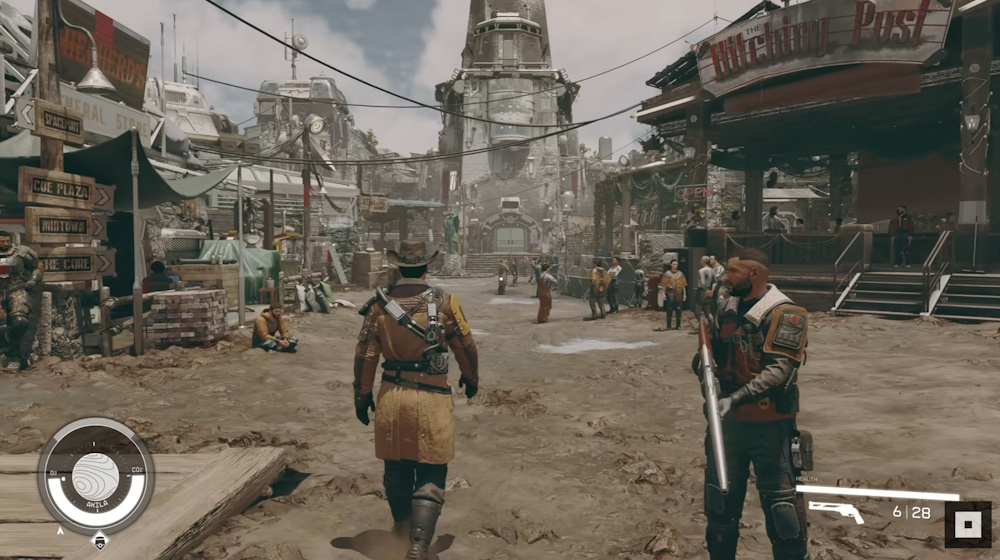
Despite its difficult launch and gameplay issues, Cyberpunk 2077 is a game that manages to really succeed at conveying a sense of scale. From almost the first moment, players are aware that they’re only one person in a vast world; a dense cityscape populated by thousands of people. Although it isn’t possible to travel far beyond the confines of the city, there’s still that sense that the world beyond Night City is vast – and that within the city itself, there are people going about their lives blissfully unaware of the protagonist’s story.
Sometimes, being “the chosen one” can also get in the way of this sense of scale. If the fate of the entire galaxy hinges on the player character and the actions they take, it’s much harder in a role-playing game to see oneself as just one character among many in a vast world. Bethesda does love its “chosen one” archetypes, though, so I wouldn’t be shocked to see it appear in Starfield in some form. If so, I hope it’s handled carefully – and perhaps buried deeply in the main quest, so players who don’t want to go down that road will have the opportunity to avoid it altogether!
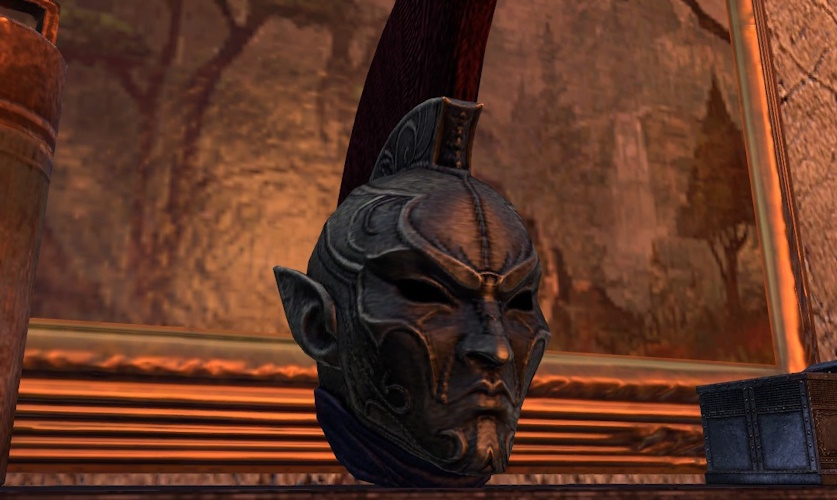
What makes a fictional world feel lived-in and real? I would argue very strongly that one very important factor is the notion that there’s more to that world than I as a player (or a reader, viewer, etc.) can see. No matter how large Starfield may be, no matter how expansive its map is, no matter how much of it I could take in in a single playthrough, and no matter whether the game has 2,000 or 10,000 NPCs to interact with, there’s a very real danger that it will feel limited, and dare I say even small. The idea that the story we’re taking part in is only one small part of the world of Starfield won’t exist, it can’t exist by design. The notion that there’s more, that Starfield is bigger than the available map and characters, cannot exist.
I hope that there will be so much to get stuck into that that sense won’t be overwhelming, and that Bethesda’s world-building will be better than ever to such an extent that I don’t notice. But part of the appeal of a game like Starfield is that I as a player am going to be whisked away to another world, a world in which I can get lost in the role-playing experience. Part of that, though I could never put it into words nor even really conceptualise it before thinking about Starfield, is because the worlds I’ve sought out feel bigger than the stories told in them. I’m not sure how Starfield can recreate that feeling based on what we know of the game – and there’s a genuine danger, I fear, that trying to pretend half the known galaxy is populated by a few thousand people is going to feel catastrophically unbalanced.
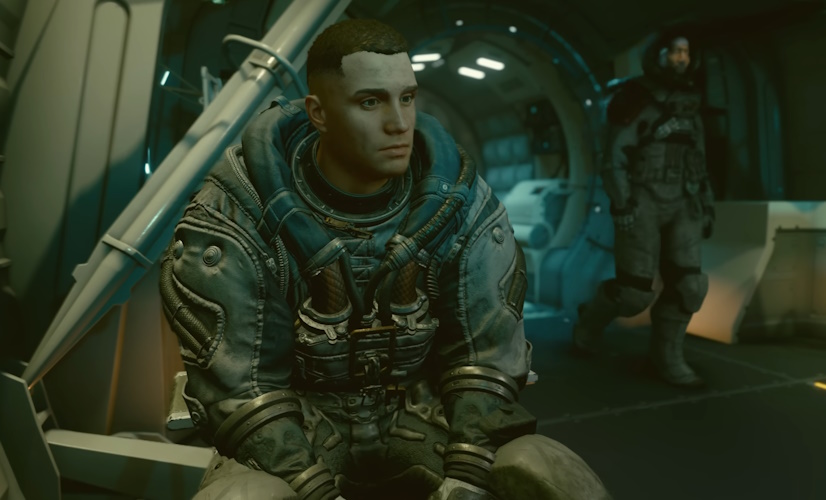
I said a couple of weeks ago that, if the “United Colonies” turns out to be a mere two cities, and if the Freestar Collective is likewise a “collective” consisting of just a couple of settlements, something will feel amiss. And this is what I meant by that. The concept of an expansive world that exists beyond the confines of a single story or the playable area of a game’s map is something that, based on everything we know at this stage, Bethesda has deliberately chosen not to create. It almost feels like we’re heading into uncharted territory – the game will be large, sure, but can it possibly be large enough to overcome that deficit? Will the number of settlements, the number of characters, the number of factions, and the overall amount of content relative to the size of the game world feel so unbalanced and out of whack that it will detract from the experience? If so… will those things prove fatal to the Starfield experience?
Thus far, my biggest concerns about Starfield have been on the practical side. Will the game be released in a polished state? Will it be overburdened with microtransactions? Will Xbox and Bethesda consider a last-second delay if further bug fixes and tweaks are needed? But this question of scale… it’s probably my single biggest gameplay concern right now. And this isn’t just a fear of a repeat of Fallout 76′s “big empty world,” a game map that had no NPCs to interact with and precious little to do. It’s deeper than that – it cuts to the very sense of immersion and believability that should be present in Starfield’s galaxy.

Games like Red Dead Redemption II, Cyberpunk 2077, or the Mass Effect trilogy succeed, in part, because they get me to believe that a bigger world exists beyond the confines of the game map. And in a more general sense, whether we’re talking about novels, films, television shows, or video games, getting an audience not only to believe that a world exists but to care about it and feel a sense of investment in it is a key part of the pathway to suspension of disbelief and to enjoyment. Starfield may well succeed at creating an interesting, engaging world that I care about and want to see more of – but if that world feels like it’s limited to only the characters and locales present in the game, part of the immersion could be lost.
Conversely, this is set to be the biggest world that Bethesda has ever created, populated by more NPCs than in any single-player game that the studio has ever built. So perhaps the idea here is that players will be so overwhelmed with content – be that quests, factions, points of interest, or characters to chat with – that the game world will feel full to the point of being overstuffed. That could go some way to negating the fact that, well, we’ll be able to explore the entirety of the settled systems, visit every colony, land on every settled planet, and meet every single human who exists at that moment in Starfield’s future.
I really hope it won’t be an issue. I hope I’ll look back on this article in a month’s time and think how silly it was to be worried! But as the buildup to Starfield’s launch continues, it’s definitely something that’s weighing on my mind.
Starfield will be released on the 6th of September 2023 for PC and Xbox Series S/X consoles. Starfield is the copyright of Bethesda Game Studios, Bethesda Softworks, Xbox Game Studios, and/or Microsoft. Some promo images and screenshots used above courtesy of Bethesda. This article contains the thoughts and opinions of one person only and is not intended to cause any offence.



